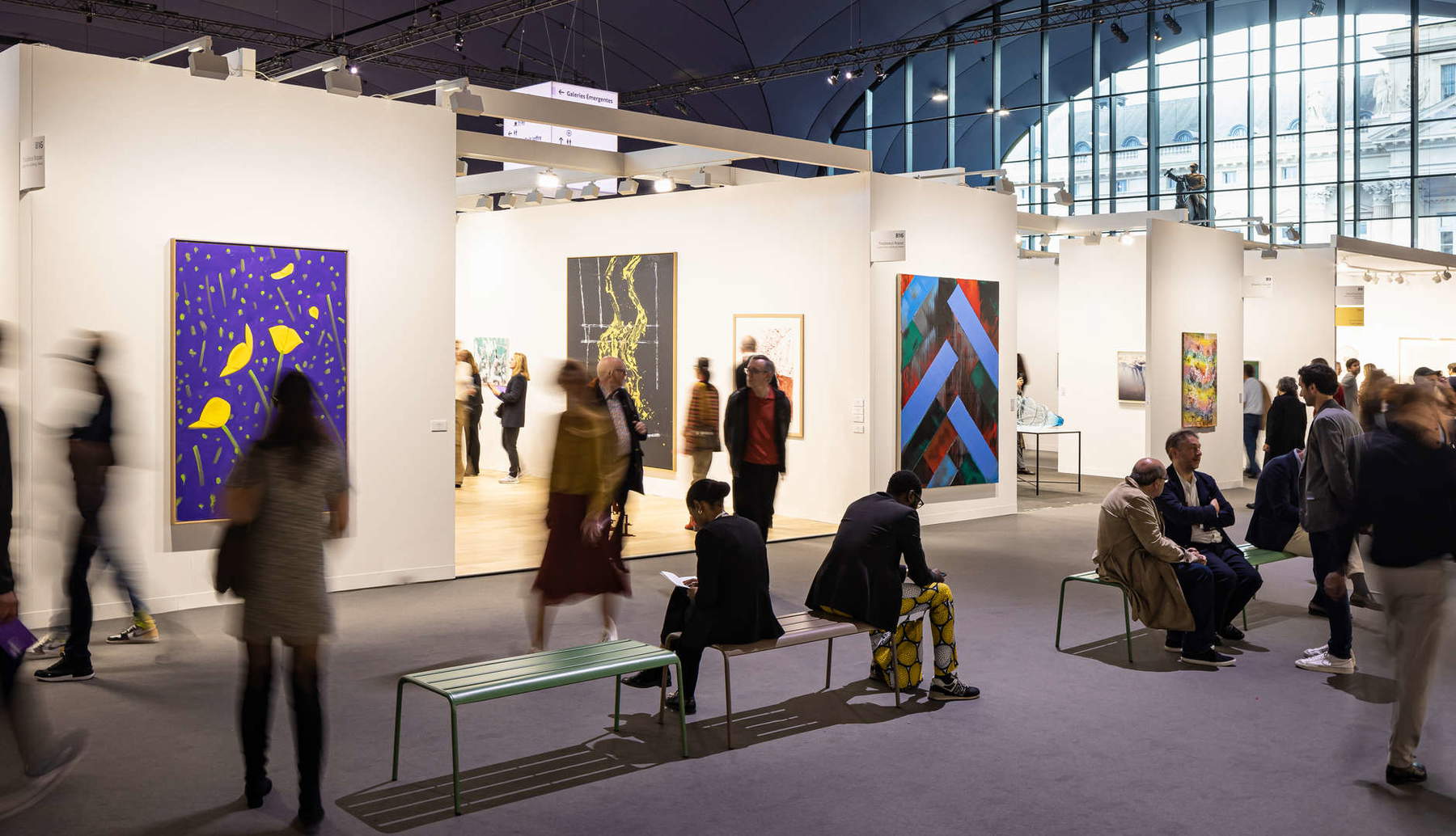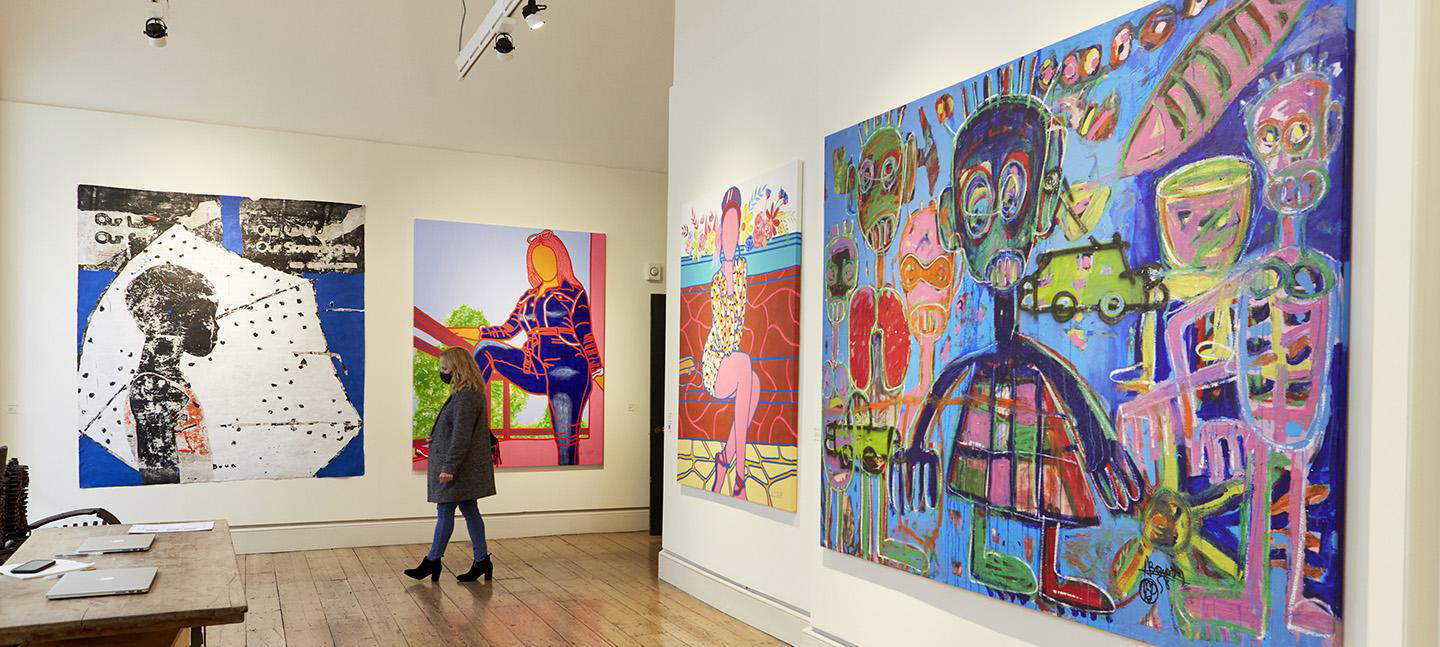Art Basel, Frieze, ARCO. The big names of contemporary art fairs evoke an imagination of luxury, creativity and global connections. For many, they represent the beating heart of theart market: places where collectors, curators and enthusiasts meet to discover the best the art scene has to offer. But behind the glittering veneer of these events, a crucial question emerges: how much room is there really for outsiders? Walking through the crowded pavilions, the feeling ofelegant repetitiveness is hard to ignore. The same names, the same galleries, the same aesthetics seem to dominate the scene year after year. And while this continuity ensures a certain consistency and solidity to the system, it also risks creating a vicious circle in which the new struggles to emerge.
Art fairs are not just exhibition spaces: they are also economic machines that operate according to precise logics. In order to participate, galleries must invest considerable sums in booth rentals, transportation and set-up, which inevitably narrows the field to those with greater financial means. This mechanism excludes many independent realities, often bearers of alternative languages and perspectives. As a result, fairs end up consolidating existing hierarchies, favoring already established artists and high-profile galleries. Even when sections dedicated to emerging artists are introduced, such as Discoveries at Art Basel or Focus at Frieze, they often appear relegated to the margins of the main event. These are spaces designed to offer a semblance of diversity, but they hardly succeed in shifting the balance of the system.

This model is not necessarily a conscious choice, but the result of established market dynamics. Collectors, often looking for safe investments, prefer to buy works by already recognized artists. Galleries, in turn, find themselves forced to present names that guarantee an immediate financial return, limiting opportunities for lesser-known voices.
There is no shortage, however, of initiatives to promote diversity and inclusion. Some fairs have begun collaborating with institutions and independent projects to bring artists from historically marginalized backgrounds to the center of the discourse.
An interesting example is 1-54 Contemporary African Art Fair, a fair entirely dedicated toAfrican art. This model, focused on a specific geographic and cultural area, has shown that it is possible to create spaces that enhance diverse narrativeswithout sacrificing quality or visibility. However, events like this remain the exception rather than the rule.
In the mainstream landscape, however, inclusivity often risks turning into a marketing strategy. The presence of an emerging artist or independent gallery in a high-profile context can be used to demonstrate a commitment to diversity, but rarely do these inclusions result in structural change. Dominant narratives remain at the center, while alternative voices continue to occupy a peripheral position.
If art fairs really want to be inclusive, they must move beyond the aesthetics of diversity and address the structural inequalities that permeate the system. This could mean, for example, offering financial support to emerging galleries or creating platforms dedicated not only to exhibiting but also to training and promoting new talent.
Another crucial aspect is geographic representation. While Europe and North America continue to dominate the international art discourse, many other regions remain underrepresented. Broadening the spectrum of narratives also means challenging the idea that contemporary art is an exclusively Western phenomenon, opening up spaces for the aesthetics and perspectives of other cultures. Fairs could become places for dialogue and confrontation more than just a marketplace. Introducing moments of collective reflection, such as talks, workshops and collaborative projects, could help unhinge the exclusively commercial logic that often limits the innovative scope of these events.

True inclusivity, however, is a complex goal that requires a thorough rethinking of the art system. It is not just a matter of expanding the audience of artists represented, but of creating a context in which differences can emerge and dialogue on an equal footing. Art fairs have enormous transformative potential: with their ability to catalyze attention and connect diverse actors, they could become spaces to imagine a more open and plural system.
However, the question remains: is the art market ready to give up some of its certainties to embrace true diversity? Or will it continue to use inclusivity as a decorative element, never addressing inequality at its root?
Perhaps the answer lies in the hands of those who courageously decide to imagine alternatives. For if art has the power to transform the world, its structures must also be willing to change.
Warning: the translation into English of the original Italian article was created using automatic tools. We undertake to review all articles, but we do not guarantee the total absence of inaccuracies in the translation due to the program. You can find the original by clicking on the ITA button. If you find any mistake,please contact us.